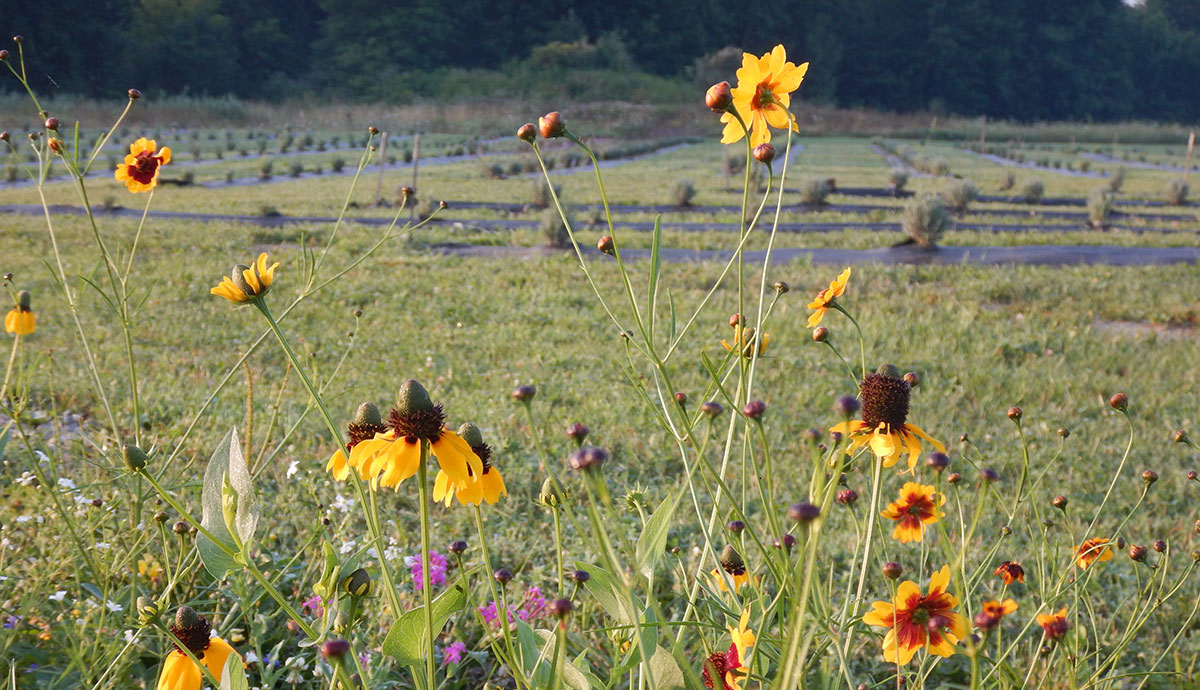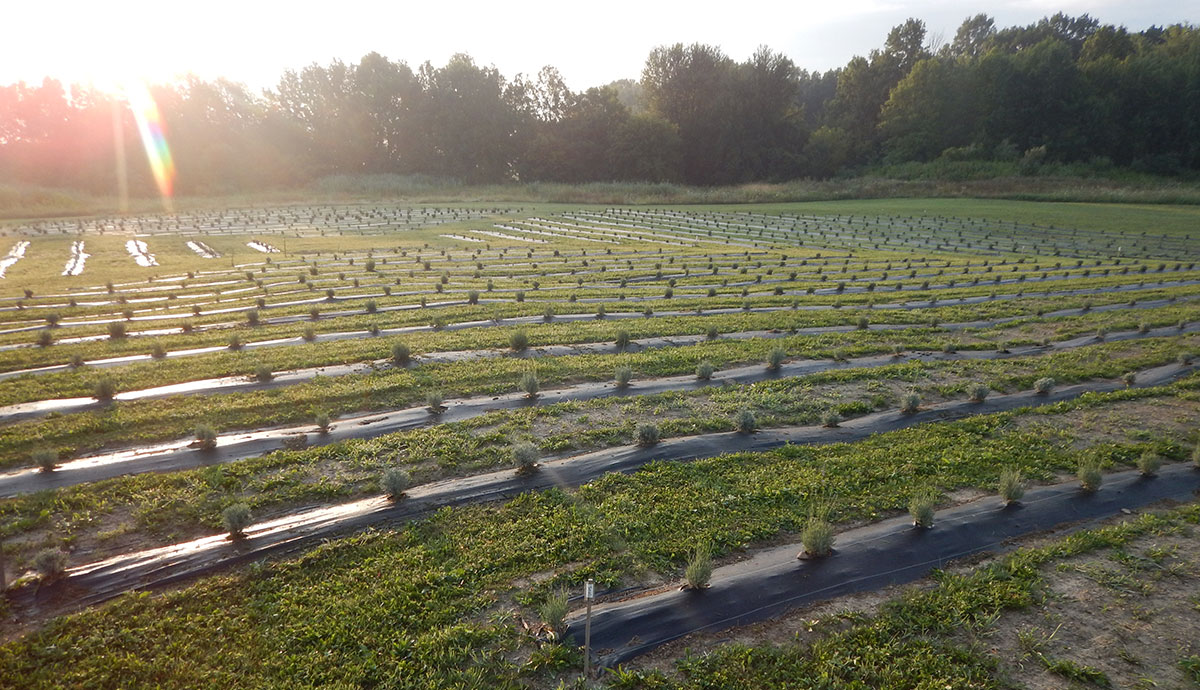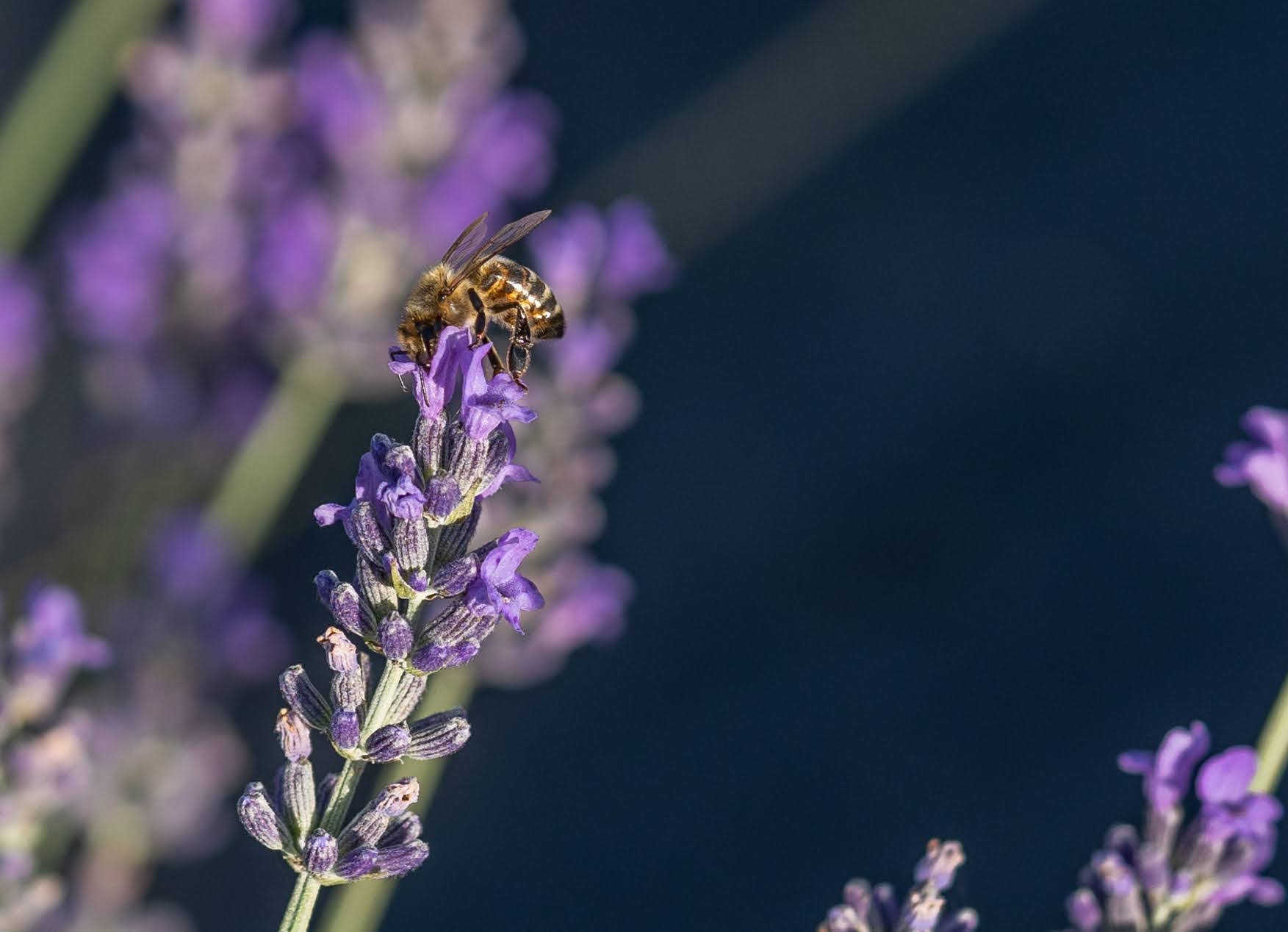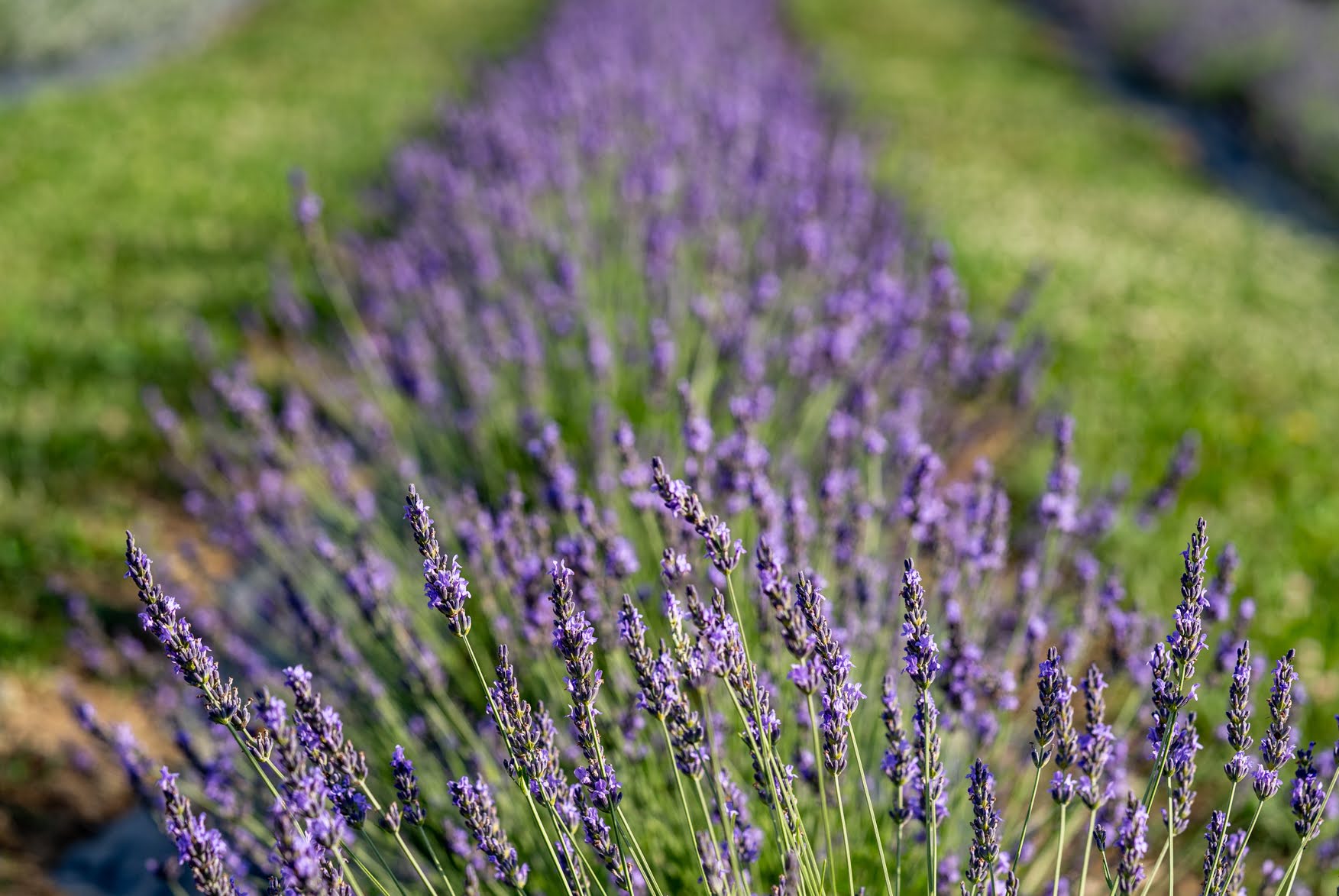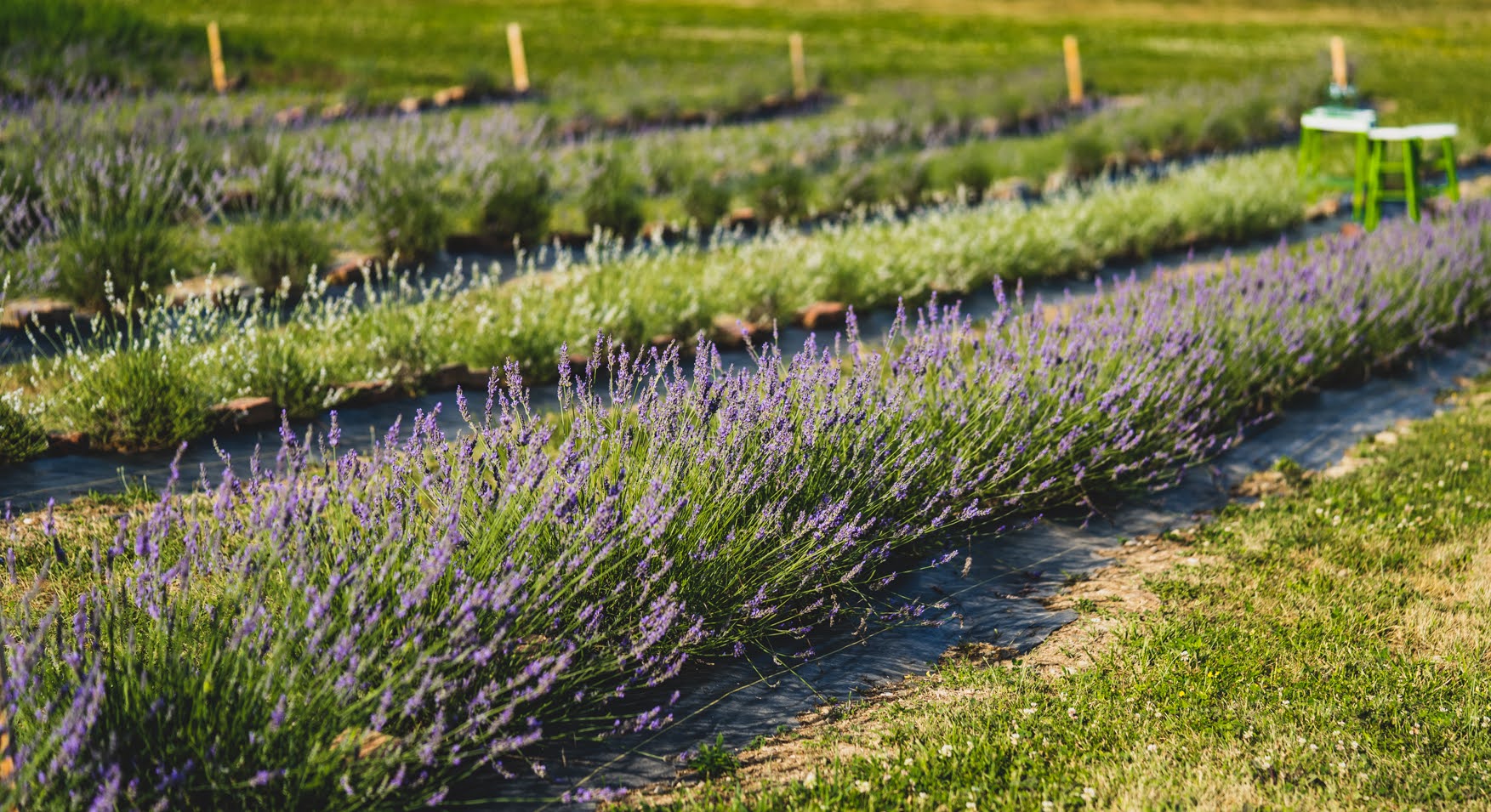Lavender (Lavandula) is a genus of 47 known species of flowering plants in the mint family, Lamiaceae. It is native to the Old World and is a drought tolerant pollinator that can be used in so many applications (ex- culinary, aromatherapy,...)
Absolutely not! Of the 47 species, lavenders vary in color, fragrance, height, hardiness and so much more. Typically we speak of 4 main lavender types:
Lavendula angustifolia ( English lavender) - Also called common or true lavender, the flower clusters grow in long upright stems, around the middle or later part of summer. They can be lavender, or combinations of white-pink, violet-blue, and purple-blue. Thick gray-green (summer) to silver-green (winter) foliage. Many consider this the best smelling type of lavender, with all its cultivars being famous for their sweet fragrance as well. They grow upto 3 feet, typically in zones 5-9.
Lavendula dentata (French lavender)- Also called fringed lavender, The flowers are lighter and less fragrant than the English variety, but they do have their own beauty and a mild yet pleasant scent. The gray-green narrow leaves have a rich lavender-rosemary aroma. They grow 1-3 feet tall in zones 8-11.
Lavandula stoechas (French/Spanish Lavender)- More suitable for hot climates, growing 1-2feet tall in zones 8-9. It will grow in cooler climates, but will start much later in the season and have a smaller growth window. Known as Spanish lavender in the US and as French lavender in UK, the violet to purple to pink flower-heads grow some distinct bracts that resemble rabbit ears. The aromatic silvery-green foliage is similar to the English variety. Remember this is in the mint family, so it will spread.
Lavandula intermedia (Lavandin)- a hybrid cross between Lavandula angustifolia (English Lavender) and Lavandula latifolia (Portuguese Lavender). The Lavandin cultivars are slightly less hardy than Lavandula angustifolia, but tend to grow larger and produce more flower spikes.
If you like a drought-tolerant, deer-resistant species grows almost throughout the year, and needs little maintenance... then YES! Remember when planting lavender requires the following:
- Full sun - the more the the better.
- Dry feet- Lavender is very suseptible to root rot and frost burn. Well drained soild with pea gravel, oyster shell, coarse sand... anything to move water away from the roots.
Yes. Throughout the season, trim stalks and use them as you wish in arrangements, cooking and crafts. Late fall, you will want to cut back your lavender to 1 inch above where the brown and green transitions on each stalk into a rounded ball shape.. Remember, sometimes you have to be cruel to be kind, it will look like it will never survive, but this will prevent your lavender from becoming 'legy' and give it the classic round shape in the summer.


